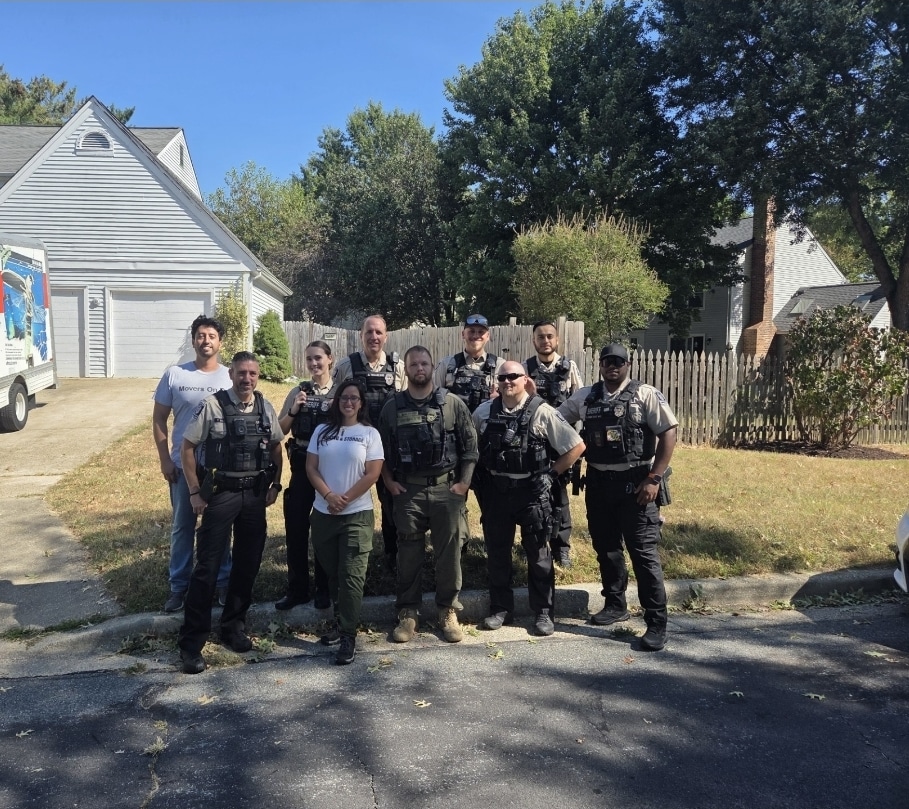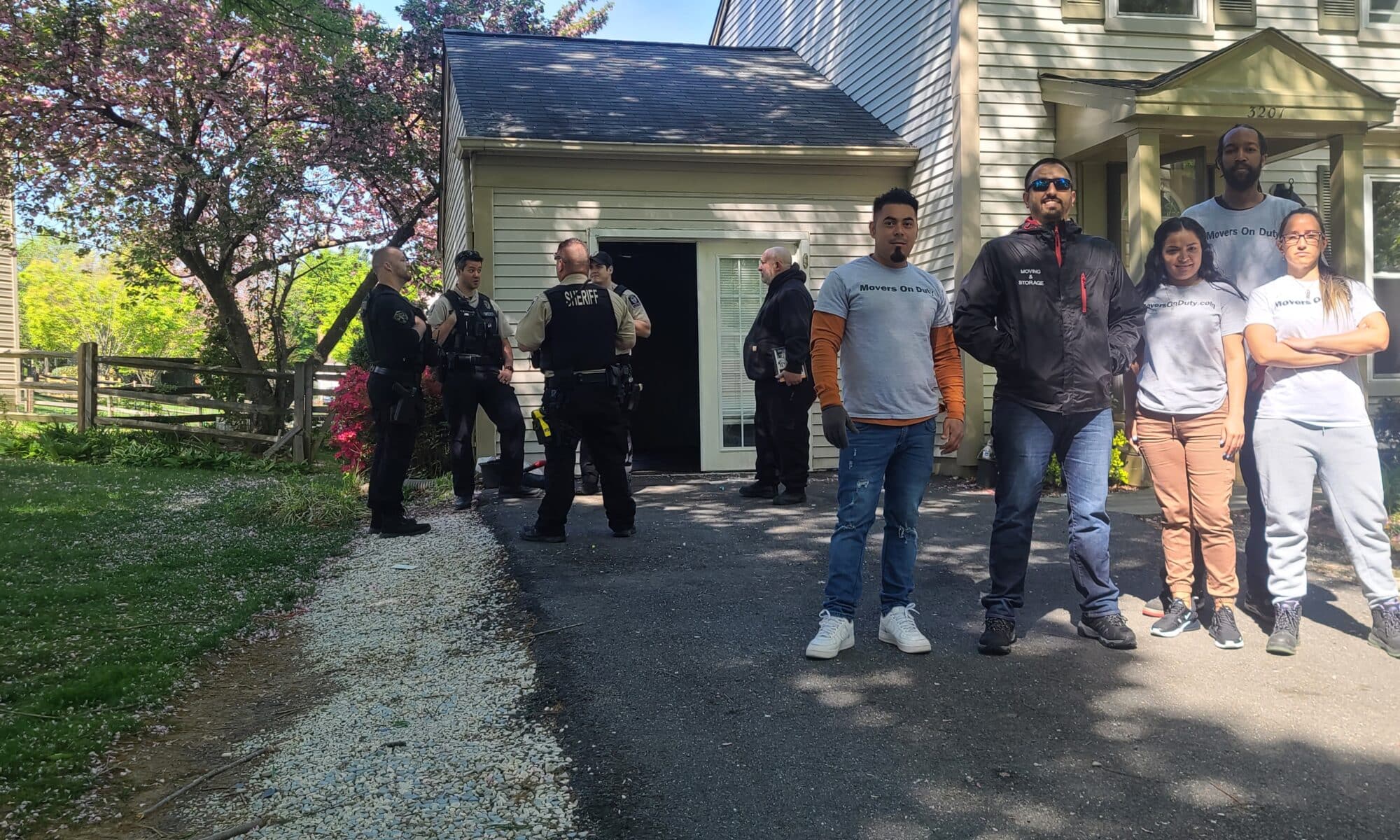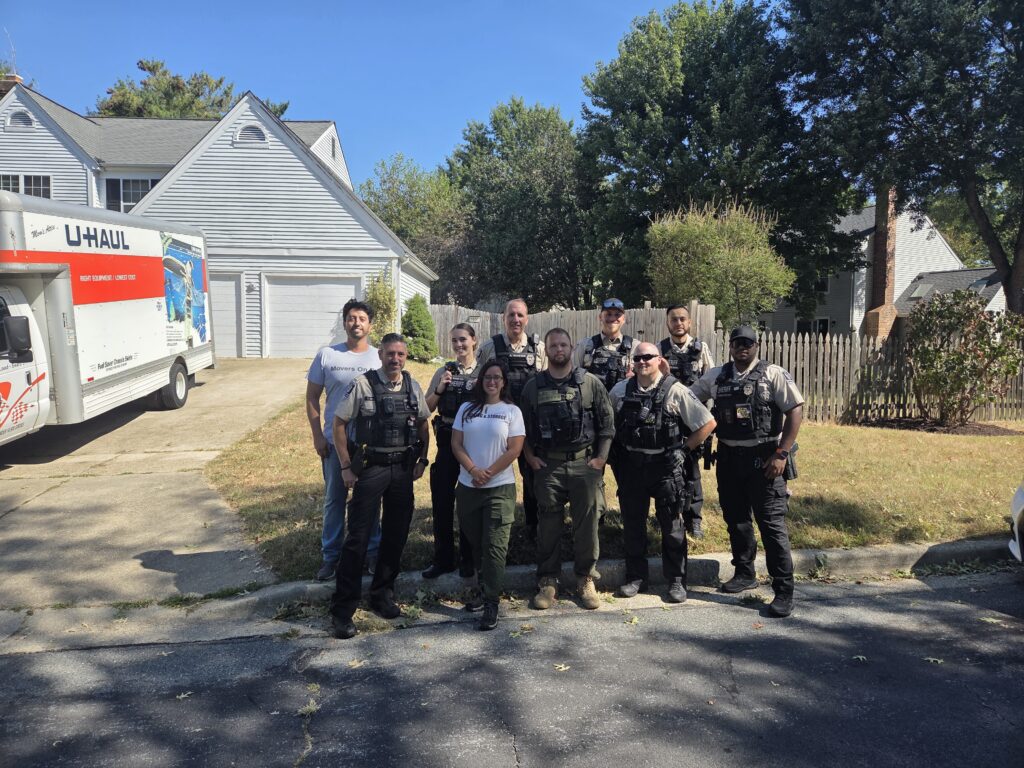
What to Expect During an Eviction Move-Out: A Guide for Landlords evicting a tenant or a squatter
What happens when the squatter refuses to leave? Tenant doesn’t pay the rent?
When it comes to eviction move-outs, proper preparation, and guidance are crucial.
We specialize in clearing out a tenant’s belongings after an eviction order is issued.
As a trusted eviction service provider in Maryland, Northern Virginia, and Washington DC, Movers On Duty understands the complexities of this process.

What are the rules for an eviction?
Although we are not attorneys, our team has extensive experience working with landlords, property managers, lawyers, and tenants during this challenging time.
In this separate article, we explain if you need an attorney to remove a squatter.
In the following guide, we’ll provide a comprehensive guide to help landlords prepare for their upcoming eviction, with expert tips and advice on everything from documentation to logistics.
Who enforces an eviction?
It really depends on where exactly the property is located. In order to understand who shows up for an eviction — sheriffs, constables, or U.S. Marshals — and how Maryland and D.C. differ. We have created this article that clearly explains who handles evictions in Maryland vs Washington, D.C.
What happens on the day of the eviction?
The deputy overseeing the eviction will begin by doing a headcount to confirm that all movers and the locksmith are present. We must also have all the necessary supplies, and if the eviction is in Montgomery County, a truck will be required as well.
Once everything is in place, the following happens:
Sheriff’s Orders: What You Need to Leave Behind During an Eviction Move-Out
Section 1: Understanding the Eviction Process
Before beginning an eviction move-out, it’s important to understand the legal requirements and considerations involved. The eviction process varies by state and jurisdiction, so it’s important to consult with a qualified attorney to ensure compliance with local laws.
In general, the eviction process begins with the landlord providing written notice to the tenant of the reasons for eviction and a specified time period to vacate the property. If the tenant does not comply with the notice, the landlord may file a lawsuit to obtain a court order requiring the tenant to vacate the property.
Once the court order is obtained, the landlord can request the assistance of the sheriff’s office to enforce the order and remove the tenant and their possessions from the property. The sheriff’s office will provide a date, time, and requirements for the eviction move-out. (Including the number of eviction movers needed)
During the eviction, the sheriff’s office will oversee the process to ensure that it is conducted legally and safely. It’s important for landlords to communicate effectively with the sheriff’s office and eviction service provider to minimize conflicts and ensure a smooth process.
Section 2: Choose flat-rate pricing and book only with companies that offer free cancellation.
Wouldn’t it be great to be able to get a free, no-obligation exact price quote for your upcoming eviction? We got you!
You deserve transparent, upfront pricing.
Property managers and landlords love our all-inclusive rates!
Section 3: Following protocols—Requirements for an eviction to take effect
When it comes to eviction move-outs, it’s important to know that each county has its own set of protocols that the sheriffs follow before approaching the property on the day of the eviction. If the sheriffs have requested a specific number of movers, a truck, heavy-duty trash bags/boxes, and a locksmith, it’s crucial to have all of these items/people there on time…
One of the first things that the sheriffs do when they arrive is a head count to ensure that everyone who needs to be present is present. At Movers On Duty, we understand the importance of being punctual, which is why we guarantee that our team of experienced movers will arrive at least 20 minutes before the scheduled time of the eviction, ensuring that everything is in place and ready to go. By doing so, we can minimize any potential delays or issues that may arise during the eviction move-out process.
If any of these requirements are not met, the sheriffs may not even knock on the door, and the eviction will get rescheduled. This is why it’s essential to work with a professional eviction service provider like Movers On Duty, who has the necessary resources and expertise to ensure a smooth and successful eviction move-out. While also complying with the sheriff’s requirements and regulations in your county.







